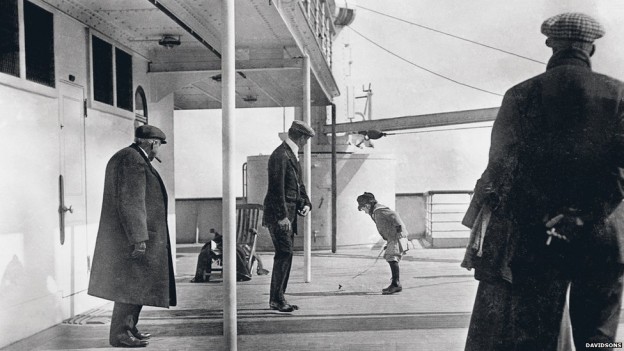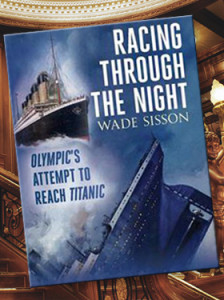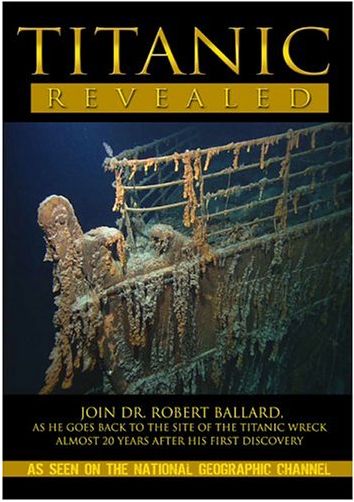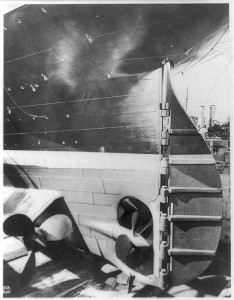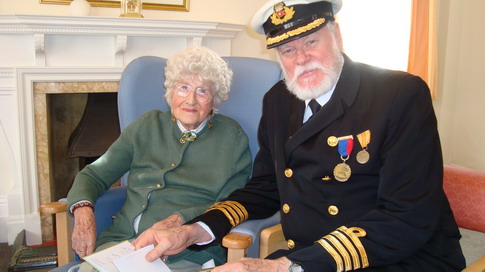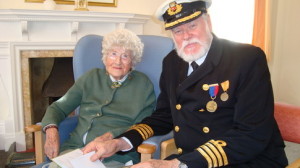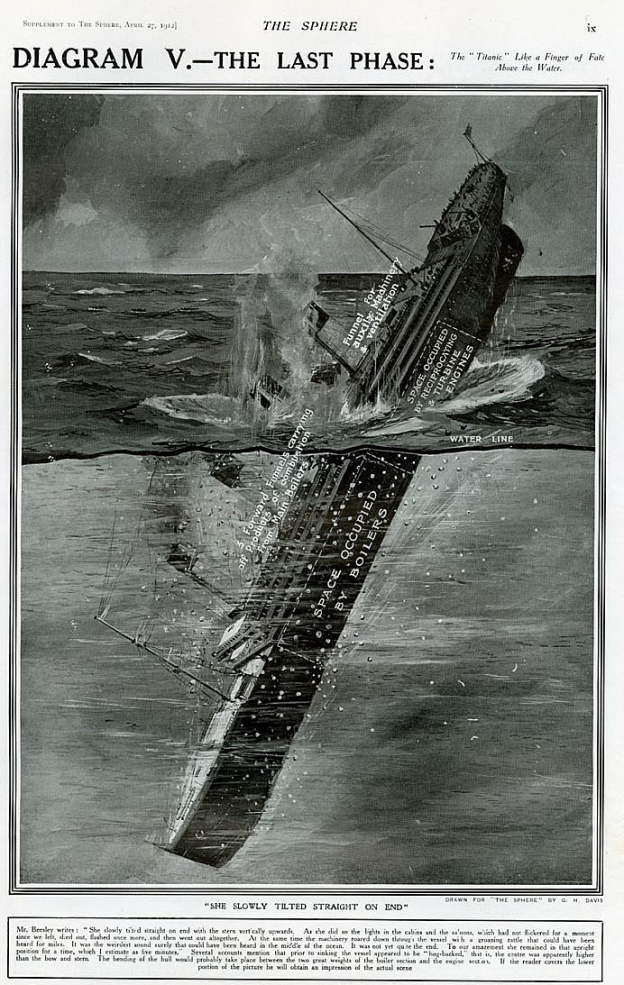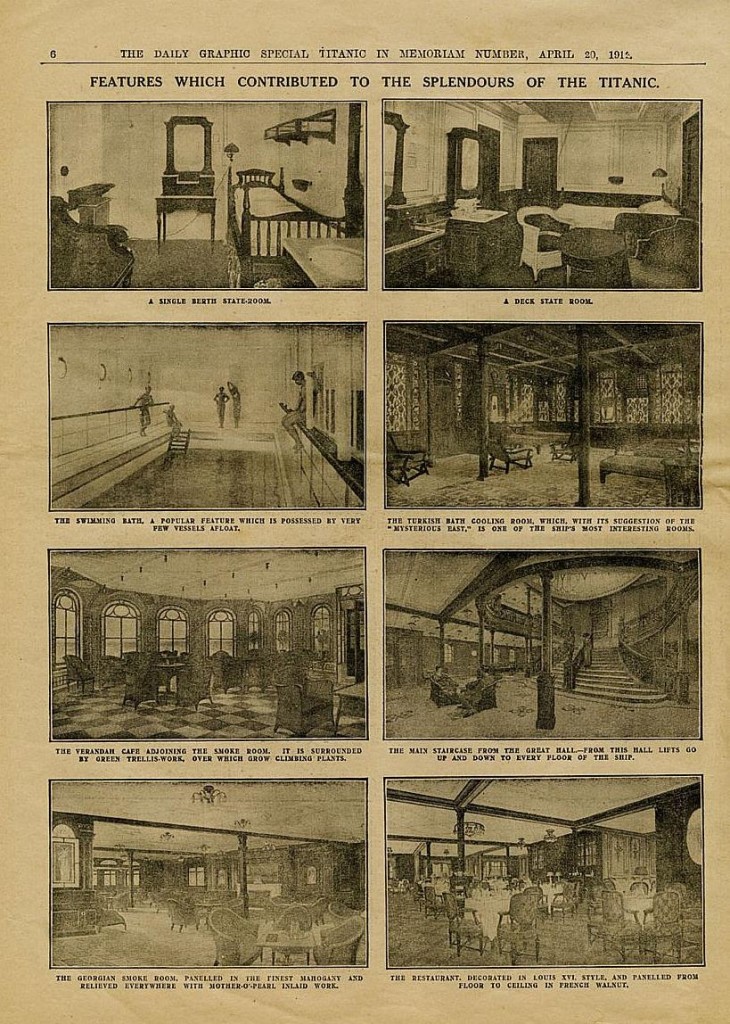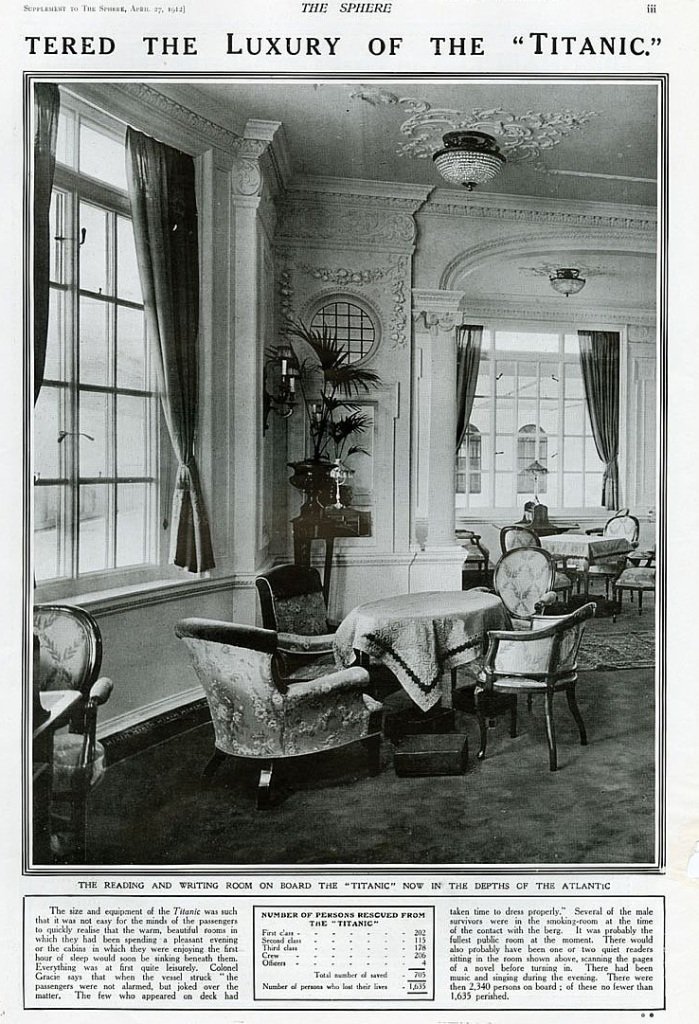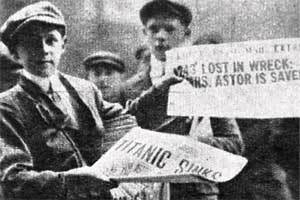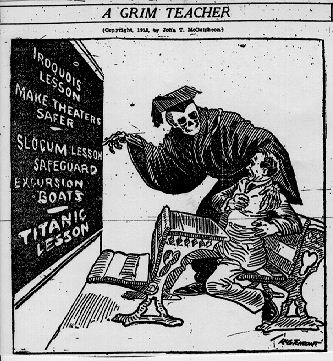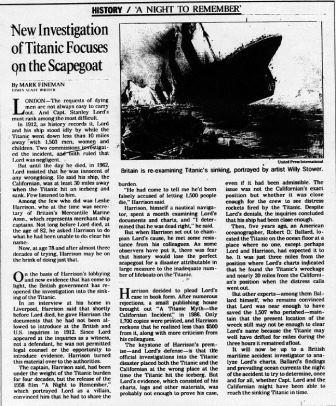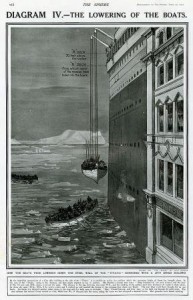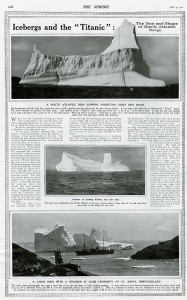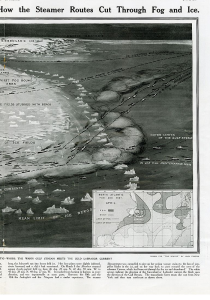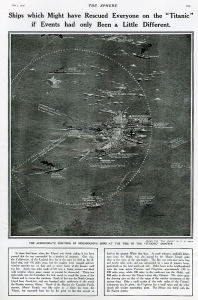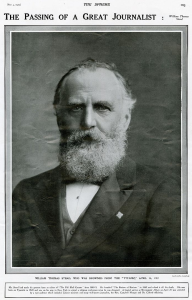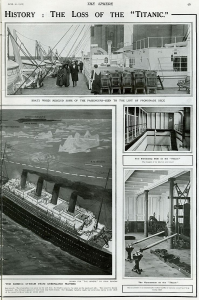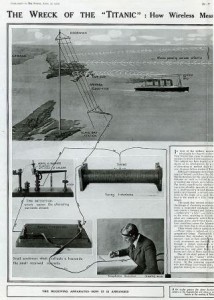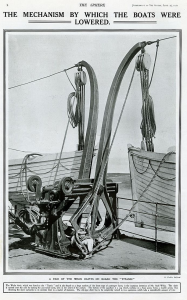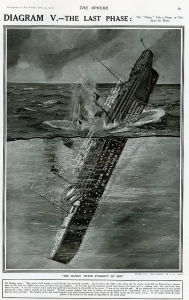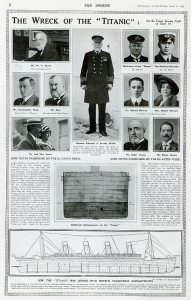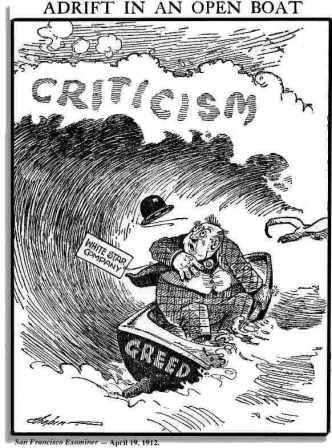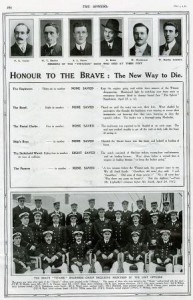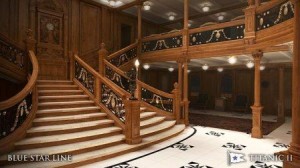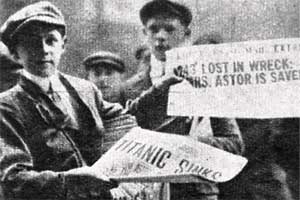By Wade Sisson
I’ve spoken about the Titanic at a lot of schools since my book, Racing Through the Night, was published in 2011, and I soon learned that kids always ask the best – and most humorous – questions.
For that reason, it’s been my visits to schools that I’ve enjoyed the most. There’s something about the Titanic story that captures the imaginations of young people. You can see it in their eyes as you start talking about it. When you ask them if they know anything about the Titanic, they all raise their hands.
The questions are usually evenly split between Titanic, the ship and Titanic, the James Cameron movie. Were Jack and Rose real? Why didn’t the ship see the iceberg in time to miss it?
They’re always disappointed to learn that Jack and Rose were fictional characters – but they’re fascinated to learn about the real people who are part of the Titanic story. They always seem especially touched by the story of Millvina Dean, the last of the survivors, who died in 2009.
Most of the schools do an amazing job of preparing the kids in advance. By the time I arrive, they’ve already studied the ship, the passengers and have even dipped their hands in 28-degree water.
That doesn’t mean I don’t the occasional oddball question. Like the time one little fourth-grader asked me, “Did you bring up any gold?” I told him I’d actually never been to the wreck site – and I didn’t have any gold. He didn’t believe me and asked me again several times during the discussion. Then as I was leaving the classroom he stopped me. “Dude, seriously, where’s the gold?”
The children also try to tie the Titanic story in with other lessons they’ve had. During one school visit our discussion got hijacked by a few well-meaning third-graders. It started with one question: “Did the Titanic sink in the Bermuda Triangle?” I assured the class that the Titanic was nowhere near the Bermuda Triangle, but once the thing had been mentioned, it took on a life of its own. Another student said “Maybe the Titanic hit the iceberg because they couldn’t see inside the Bermuda Triangle.” I had to confess I was not a Bermuda Triangle expert and that seemed to satisfy them enough to stop their line of questioning.
There’s always at least one child who reminds me of myself at that age – completely drawn into the Titanic story and eager to learn as much as possible. But it’s all of the children – and their genuine interest in the history – that makes these school visits worthwhile.
[metaslider id=286]

